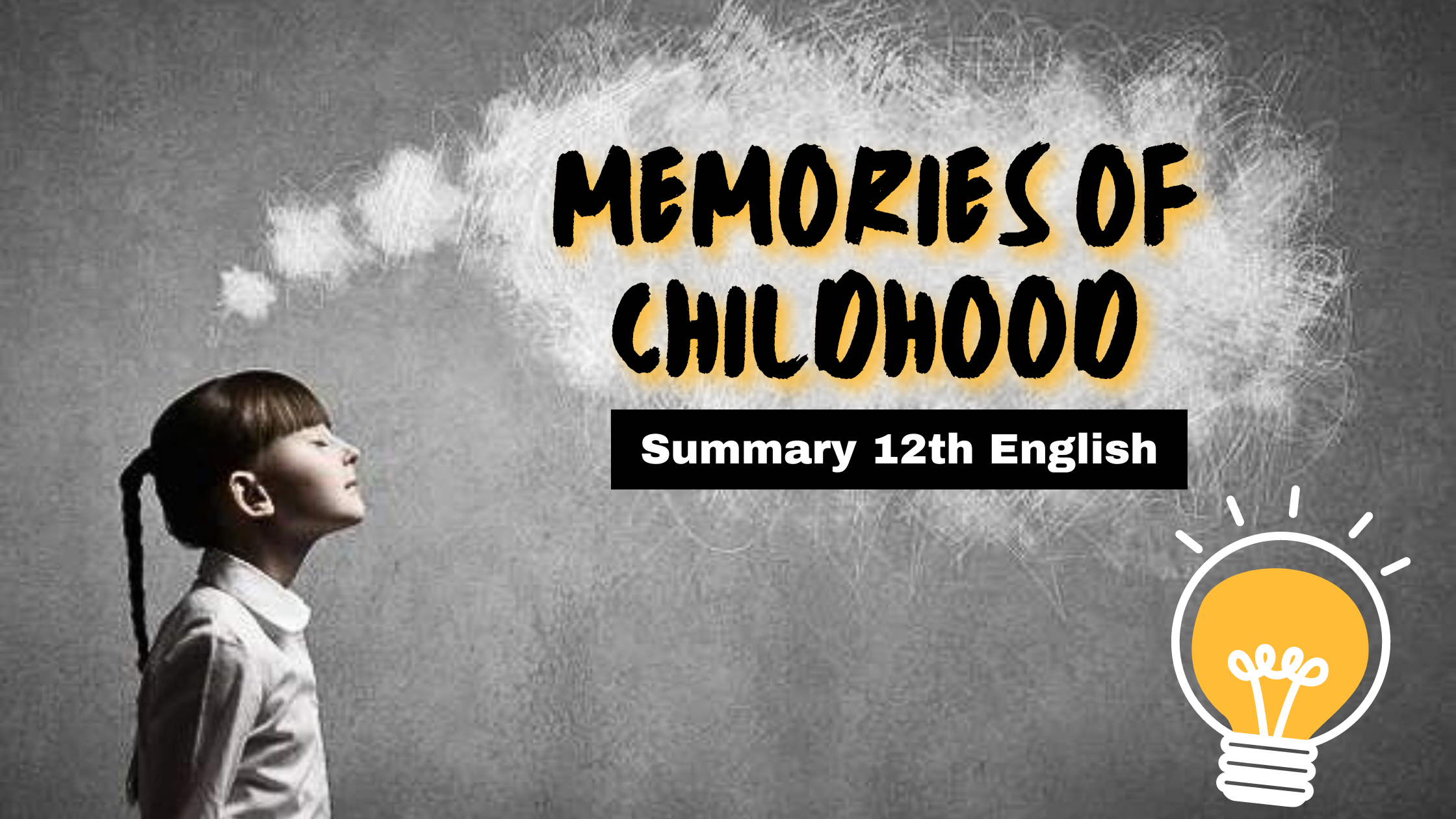It is actually about two autobiographies related to memories of childhood written by Zitkala Sa and Bama wherein the former experienced racial discrimination and exploitation and the latter faces discrimination based on caste.
Both of them looked back and narrated their experiences which reflect the hypocrisy of our society and culture. It will reflect upon the experiences both the females received during their preteens.
About The Author: Cutting off My Long Hair
Gertrude Simmons Bonnin was born in 1876 and was a native American woman with exceptional talents who through her perseverance and education struggled hard to fight against the prevailing injustice in society, she was a writer under her pen name, Zitkala Sa began publishing articles related to the above theme and matter.
First part: Cutting off My Long Hair
The first part is related to Zitkal’s first boarding day in Carlisle Indian School which is opened to impart education to the native Indians. They all are trained to leave their own identity as well as their culture and become a part of the American culture.
Zitkala felt very sad when she was asked to remove her shawl before entering the dining hall. She didn”t understand that the girls who are wearing tight clothes were not even said a single word and moreover their hair was short which the narrator doesn’t like at all. Because her mother once told her that only coward’s and mourner’s hair are kept short or shaved off.
At the dining hall, she was noticed by a pale-faced woman who shows her vex at her for not following the table manners. Zitkala revolted and hid under a bed as she didn’t want to look like a coward. Soon she was caught and felt depressed when her hair was cut down. She is reminded of her mom as she knew she would keep her safe and console her in this hard time.
She rebelled until her last moment and did not submit easily. She felt like an animal who was being scruffed by any predator or herders.
About the Author – We too are Human Beings
Bama is a pen name of a Tamil Dalit Woman from a Roman Catholic Family and she published three works of her: an autobiography, Karukku; a novel, Samgati; and a collection of short stories, Kisumbukkan. Here in this excerpt, she focuses on the social evil of the rigid caste system i.e. Untouchability.
Second part: We Too Are Human Beings
The second part describes a story where a cheerful girl loves to observe everything and out of curiosity asks questions that shake everyone’s mindset. But one day she came to know of a practice that was prevalent at that time among the rigid caste system- the practice of untouchability.
The second part of memories of childhood is also an autobiographical account of a girl who in her youth faces exploitation in terms of the caste system. She remembers when she was in the third standard and while returning from her school she could reach in 10min but the young girl roamed around here and there and observed various glances in the street.
She watched puppet shows, stunt performances, Pongal celebrations, and many more to satisfy her curiosity. If she found nothing she waited to see onions chopping or savory stalls selling delicacies. One fine morning following the same routine she saw a threshing stall installed near a street. Then she saw an old man carrying a small packet without touching it and holding it from a thread. Bama was both surprised and amused at the same time as to how the man gave the packet to the landlord.
She went home and narrated the whole incident to her elder brother Annan. The explanation she got left her shocked and she could not imagine society’s behavior. Annan explained that the old man belonged to the lower caste and the landlord was from the higher caste and if he would get in touch with the man could have been polluted.
Bama on learning this got disturbed and felt very bad at the social evils prevailing in the society. She wondered why the poor people had to bow down in front of the rich people and why the rich sections forgot that we too are human beings.
NCERT Solutions of Memories of Childhood 12th
Q1. The two accounts that you read above are based on two distant cultures. what is the commonality of the theme found in both of them?
The autobiographical accounts included in the ” Memories of Childhood” are by two women from socially marginalized sections in two distant cultures of the world. one highlights the evil practice of racial prejudice while the other talks about the hierarchical Indian Caste system and untouchability.
The first part taces how the author, a native American, was victimized at the hands of the European staff of her hardships and humiliations faced by a third standard student who belonged to the Indian ‘Dalits’.
Although they are set in different cultures, both stories share a similar theme. they show the sufferings and oppression faced by their respective communities. the practice of social stratification is rebuked by both the authors. Zitkala-sa’s hair was shingled at the behest of Europeans who considered themselves superior to the native Americans.
On the other hand, Bama witnessed untouchability being practiced openly where people from ‘lower castes’ were considered impious and were not even allowed to touch people from the upper castes.
Conclusion
The two autobiographical accounts of Memories of childhood tell us about the two most prevalent toxic social evils of our society i.e. racial discrimination and the practice of untouchability. These experiences which the two girls faced during her young age left an impression on her young growing mind to rebel against these in her own way. They didn’t want to submit easily in front of the situation but could not.
Related Articles


Nicely explained, thank you so much 😇